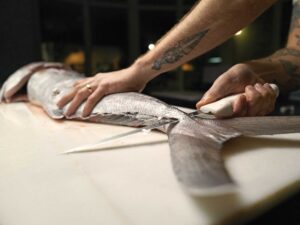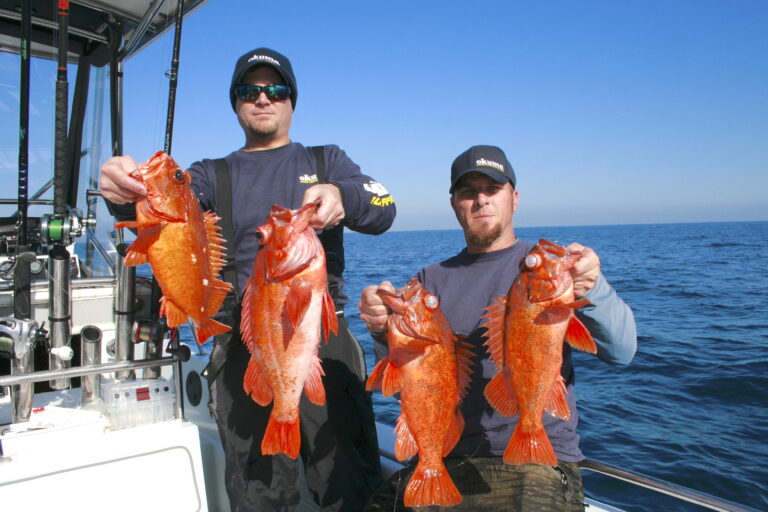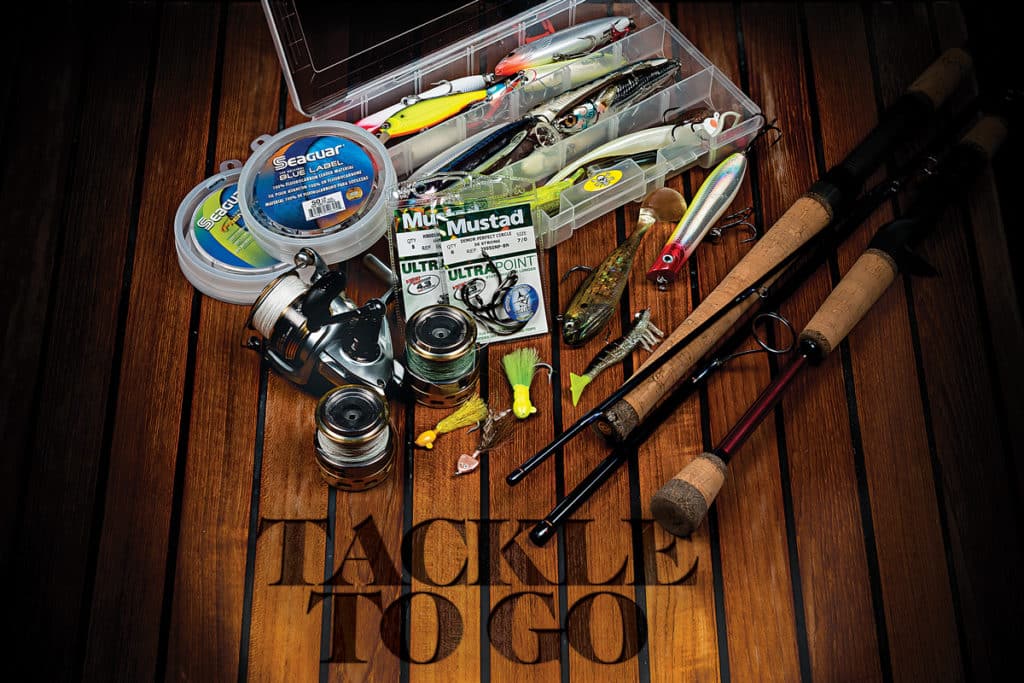
Traveling to fish in distant waters has never been easier. The Internet provides all of us with an almost limitless amount of information on where to go, where to stay, whom to fish with and when we should go. And many modern lodges and charter operations now provide well-maintained, quality tackle, so lugging your own gear along is no longer as necessary as it once was.
But you should always take a basic kit with you, and this holds true whether you’re considering a trip to a remote camp in Panama or a trip to somewhere in the United States. Some strategic planning will help ensure you have a great trip no matter what occurs — and lots can happen to alter your original plan.
What Could Go Wrong?
Weather can mess up the best laid plan in short order; so can mechanical breakdowns. If the well-equipped charter boat you’ve had booked for six months breaks down the day you arrive and you find yourself scrambling to book a local panga to salvage the trip, you’d better have some tackle along.
Your first decision concerns what rods to take. I prefer multi-piece travel rods that can be stored in a compact case and carried on airplanes. Several companies offer good ones, and they make traveling a breeze — especially because you can buy specialized cases to accommodate quite a few of them in one bag.
You don’t have to buy rods that break down, of course, but one- or even two-piece rods require full-size rod tubes that must be checked in with airlines. The upside of hauling full-size rods is that you have a wider selection of rods available to choose from.
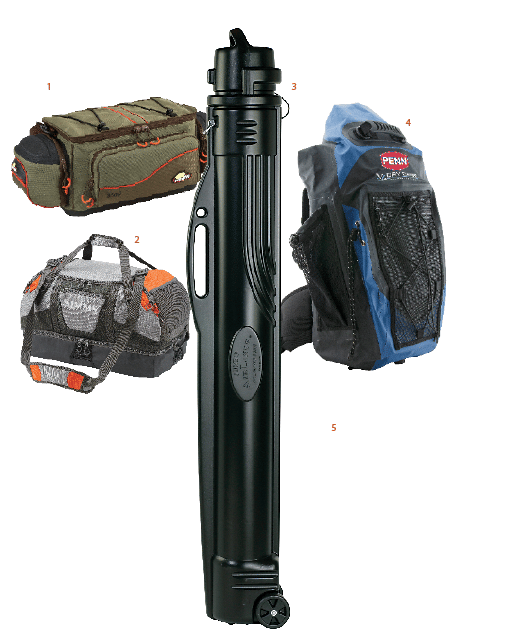
Take Three
I like to take three different size spinning rods with me when I travel: one 8-pound, one 12-pound and one 20-pound outfit, each with corresponding reels. But if you have little space to pack, you can always opt for one quality spinning reel with three interchangeable spools filled with 8, 12 and 20. It’s better to have three reels, though.
With these three outfits, I am prepared to catch everything from small jacks off the beach to sailfish offshore and everything in between. If the weather goes south, at least I can find somewhere to cast a lure, rather than sitting in a hotel watching it rain. I’ve even had great fun casting lures in golf-course lakes, jumping the small tarpon that lived there. You never know where opportunity will present itself.
As for terminal tackle, I use fluorocarbon almost exclusively these days, so I bring spools of 20-, 30- and 50-pound-test. That selection of diameters and breaking strengths covers the gamut of species I might encounter — unless I stumble onto a big blue marlin, in which case all bets are off. But I’m much more likely to find dolphin, striped bass, snook or something else more manageable, and I’m covered.
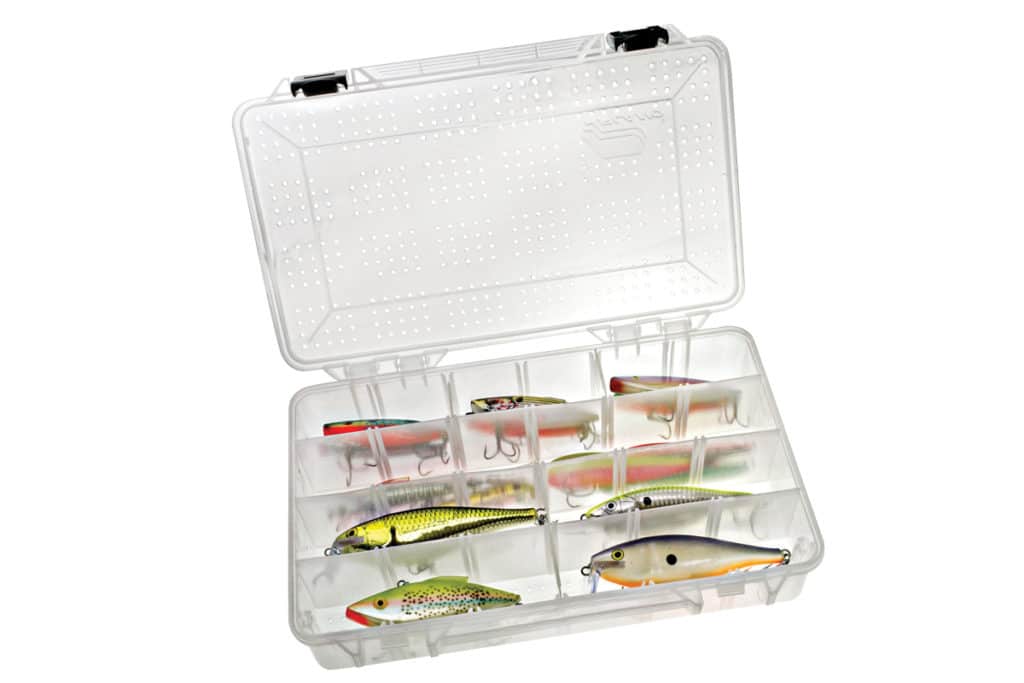
Pack Smart
I’ve found that a single plastic tackle tray with tabs that let you adjust the size of the compartments holds all I really need, but it’s always nice to have more than less. In the interest of keeping our travel footprint as small as possible, though, making do with one makes sense.
I always take a selection of circle hooks from 1/0 to 6/0 in case I can find bait locally. But that’s not always possible, so lures become a necessity. A handful of ¼- to ½-ounce yellow jigs should always make the trip with you; a bucktail jig might very well be the most productive all-around light-tackle lure in existence.
I also like to have a selection of both soft- and hard-bodied lures, including shrimp and crab imitations on the soft side, and swimming plugs with treble hooks on the hard. I’ve yet to fish anywhere that didn’t have some version of shrimp or crab living there, and the same holds true for small baitfish, which the hard-bodied lures imitate.
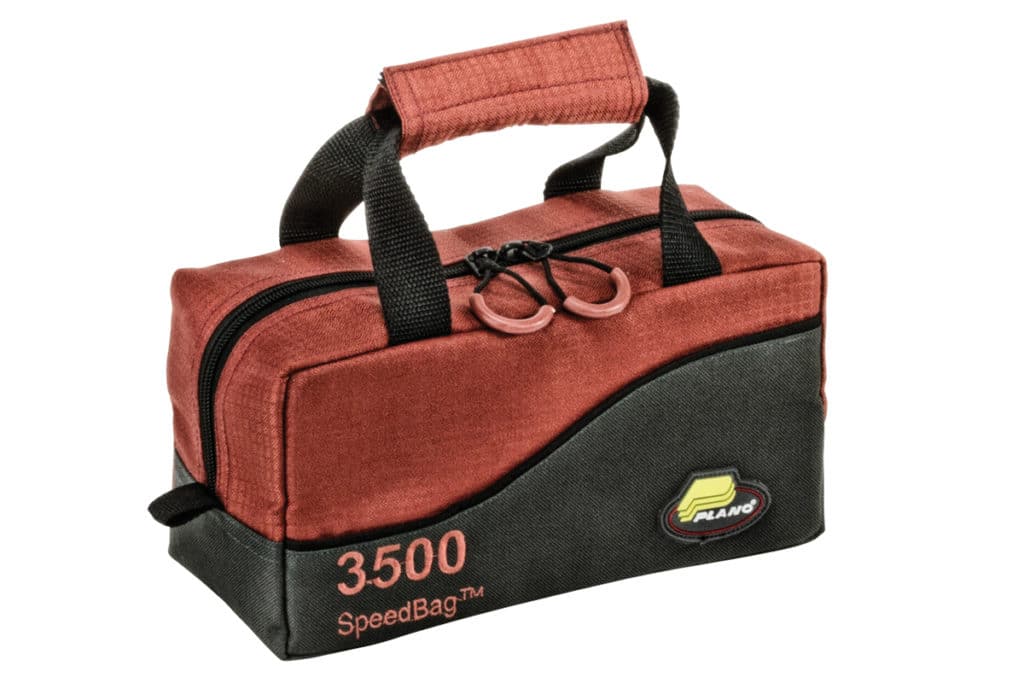
A Bag for Everyone
You have a huge number of tackle bag options in which to carry things around; just Google “tackle bags” and see what you get. Many small bags have space for one or more trays, plastic leader dispensers that hold those spools of fluorocarbon, some open space for reels, pliers, a de-hooker, clippers — maybe even a small scale to weigh your catch.
You can make all this fit into two small bags if you plan carefully, allowing you to be as mobile as possible while still set up to handle a wide variety of potential fishing scenarios. And even if the weather stays nice and the boat doesn’t break, you’ll have backup gear for the days when you’ve chartered, plus you’ll also be ready when others in your party decide to take a golf day. Remember, those ponds by the greens just might have tarpon in them.



